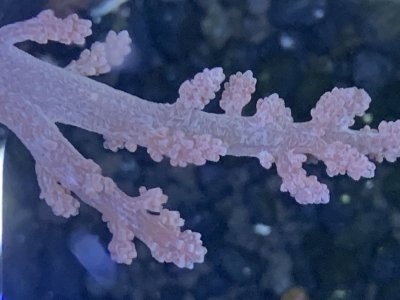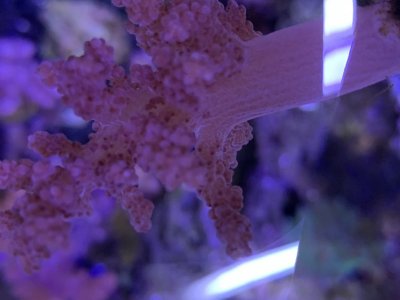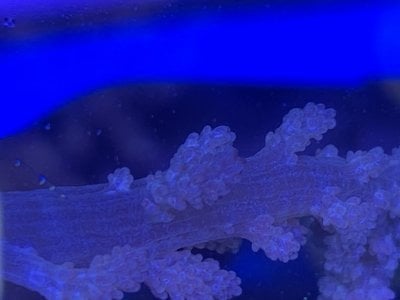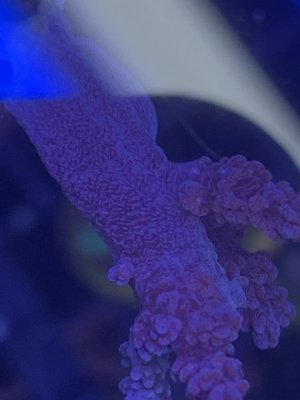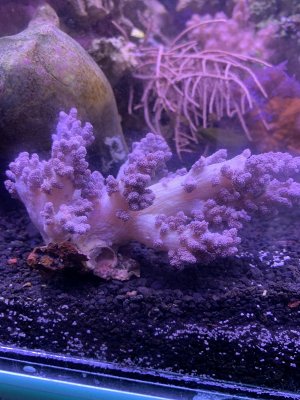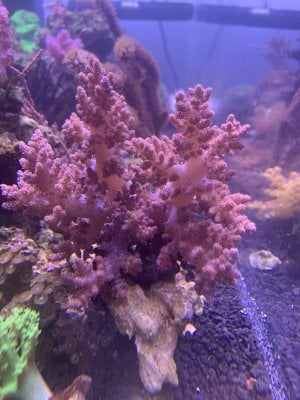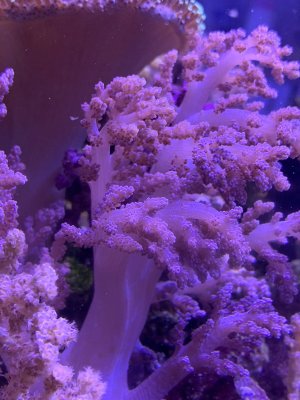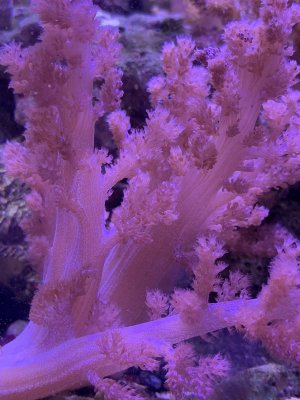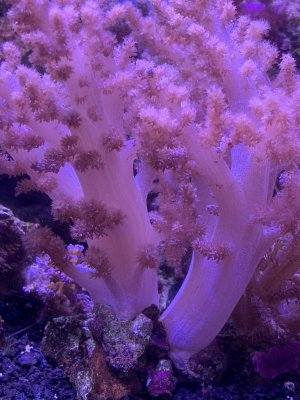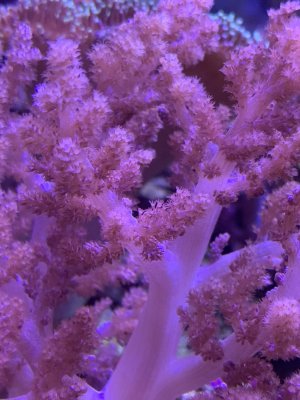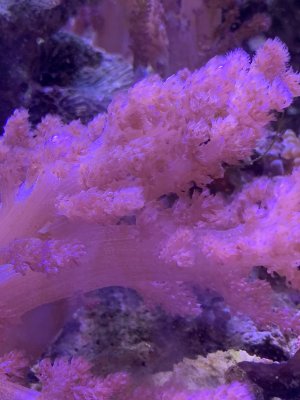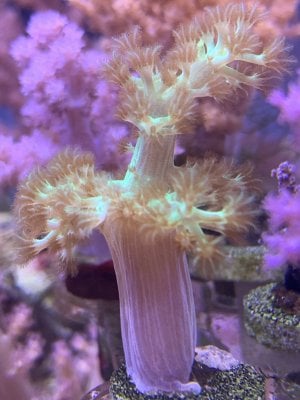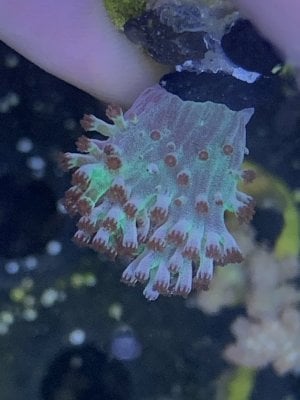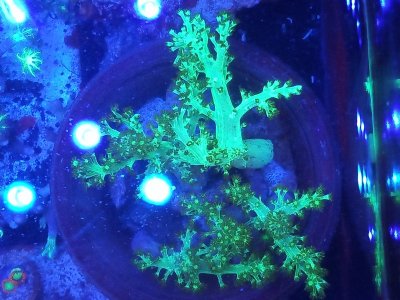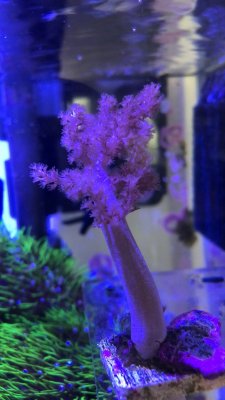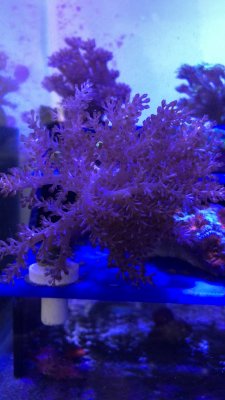I can never tell the difference between the two. I’ve got the green and pink Kenya trees. I saw a pink nepthea at Petco for cheap, but it looks just like my pink Kenya tree comparing branches, but with a thicker stalk. What are the differences I should be looking for?
First pic below is Kenya tree from LA
Also my Kenya tree grows super slow. Do these need much higher light or nutrients? Have my pink one in a frag tank with .35 phosphate, 10 nitrate, and 50ish PAR and it just gets longer, but not stalkier.
Thanks!!!
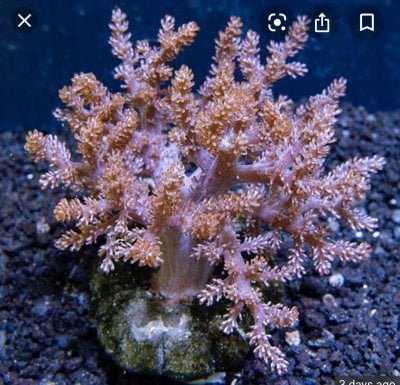
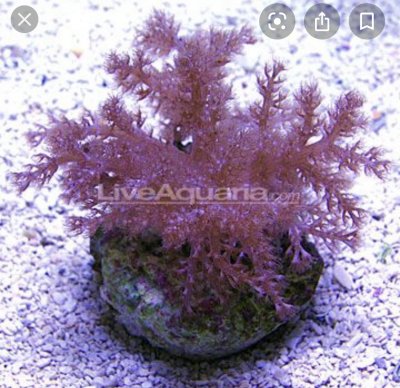
First pic below is Kenya tree from LA
Also my Kenya tree grows super slow. Do these need much higher light or nutrients? Have my pink one in a frag tank with .35 phosphate, 10 nitrate, and 50ish PAR and it just gets longer, but not stalkier.
Thanks!!!


Last edited:






